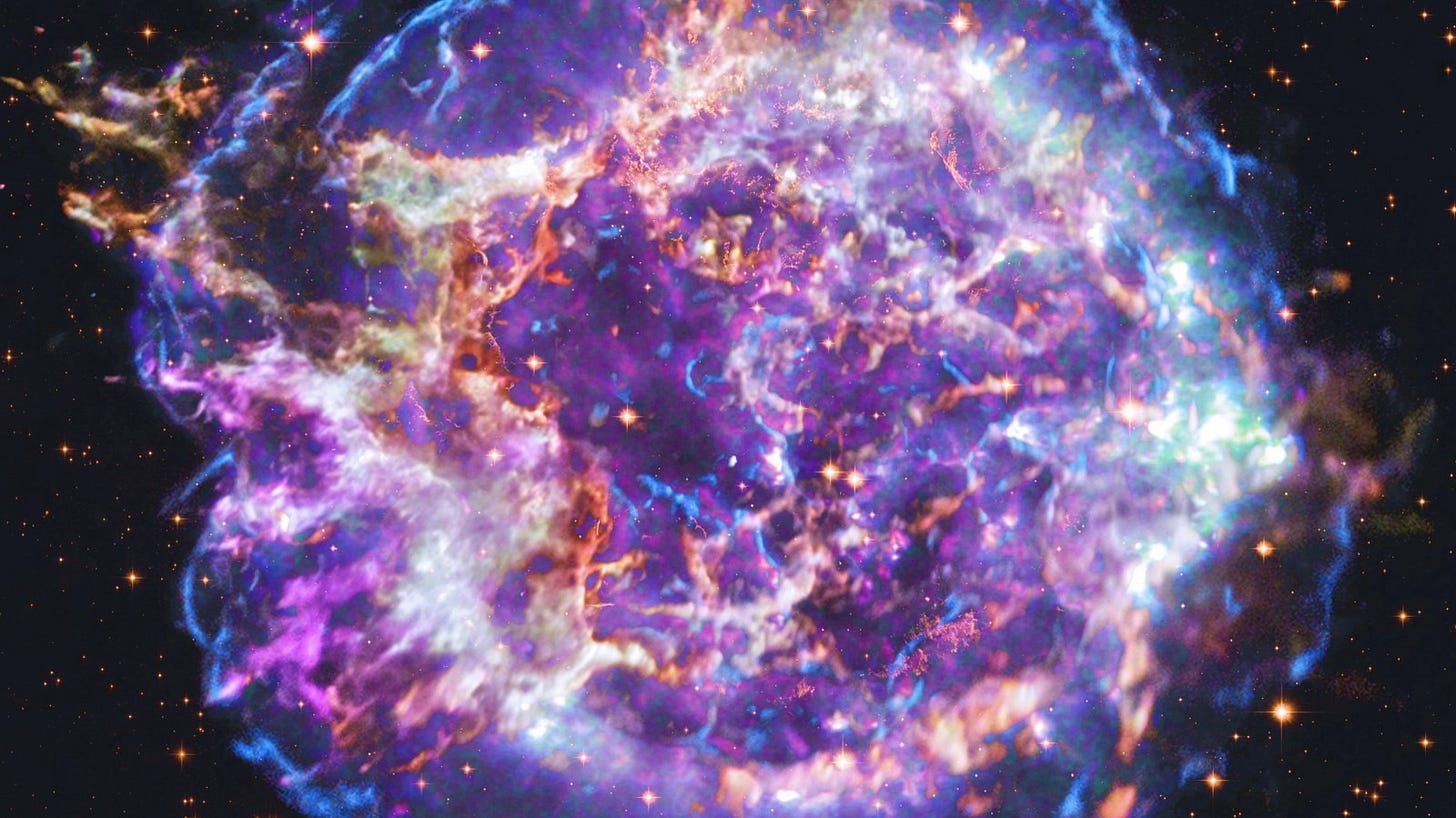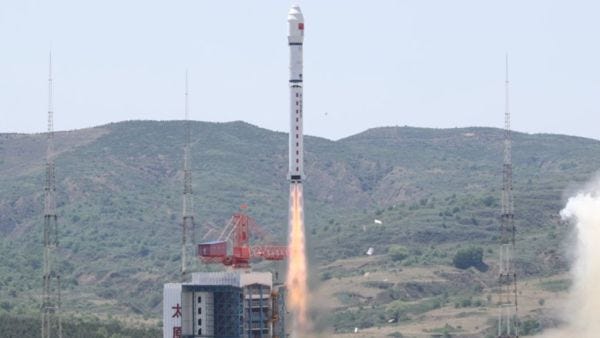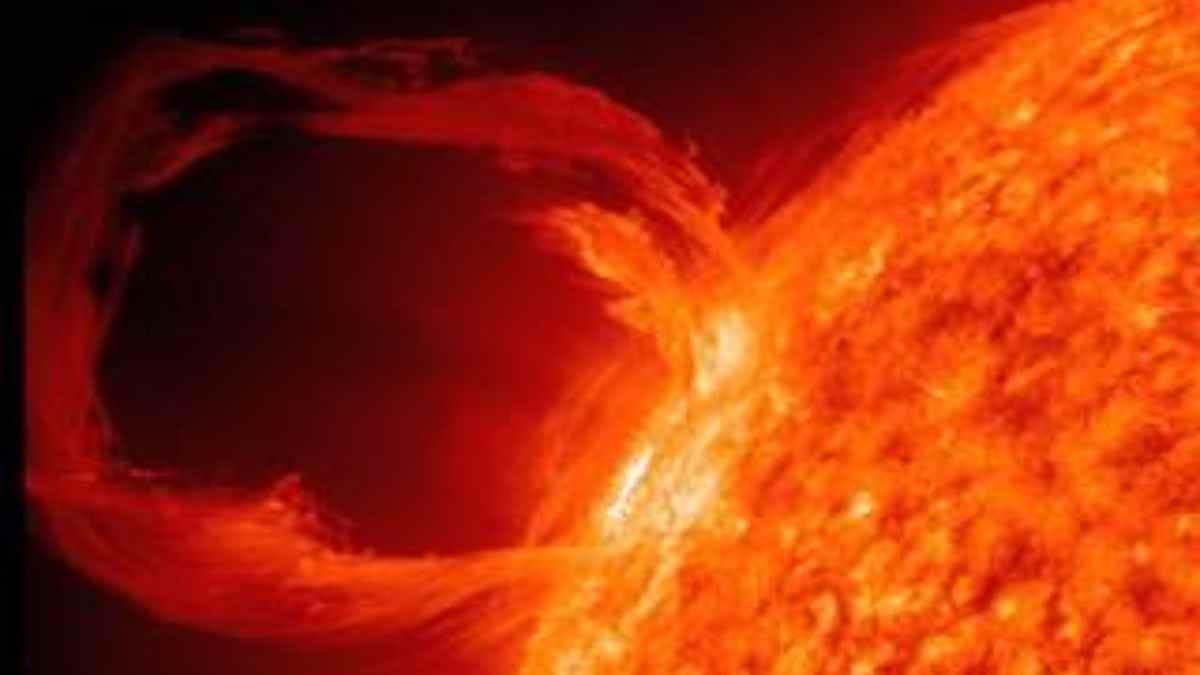Weekly - Earth narrowly escapes devastating solar storm and more
Weekly Space News - Quick and Easy
Juno captures lightning on Jupiter
NASA’s Juno space probe orbiting Jupiter recently captured an image of lighting on Jupiter. This lightning bolt was seen near the north pole of Jupiter. Unlike the Earth where lighting usually occurs at the equator, lighting on Jupiter occurs mainly at the poles.
NASA captures brightest supernova explosion ever
Last week, NASA’s “Swift” gamma-ray observatory in space detected a massive gamma-ray burst (GRB) 2.4 Billion light years away. The GRB was so powerful that it even managed to send ripples through the Earth’s ionosphere. Scientists believe that this massive gamma-ray burst was caused by the explosion of a star. This is called Supernova.
China breaks national record for number of satellites launched in a single rocket
Last week, China broke its own national record for the number of satellites to be launched in a single vehicle. It nearly doubled its previous record of 26 and managed to put 41 satellites in orbit in one single launch. The satellites were put in orbit by a Long March rocket launched from the Taiyuan Satellite Launch Center in north China.
Earth narrowly escapes devastating solar storm
With the sun coming to the end of its 11-year cycle, it is growing more and more violent. Just a few days ago the sun let out a huge wave of gas and magnetic energy called a Coronal Mass Ejection and it was headed straight toward the Earth with full force. If this solar storm had actually hit the earth, the effects would have been devastating. Thankfully the planet narrowly dodged the CME and managed to avoid what could have been a catastrophe.





